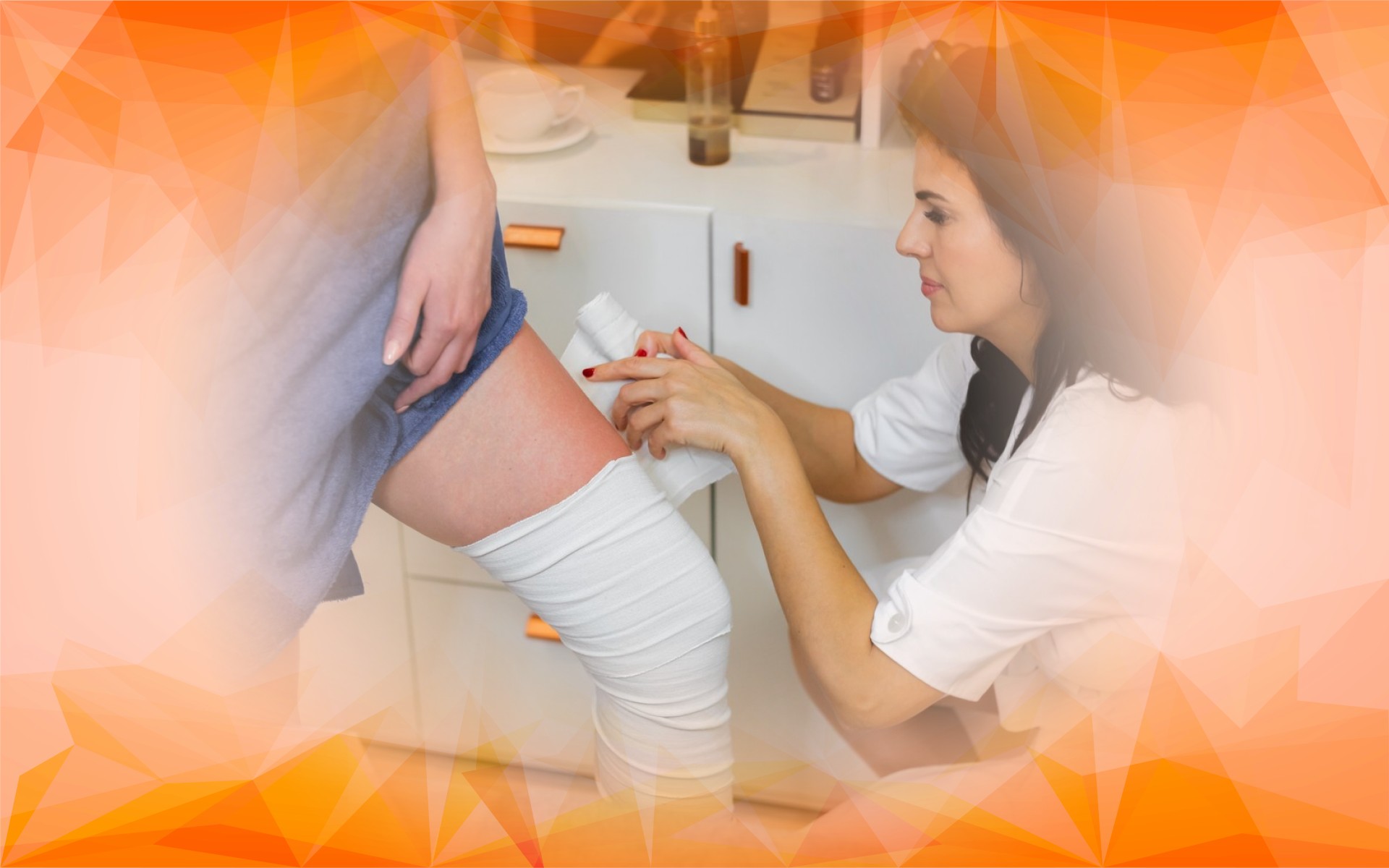Introduction
If you’re considering treatments like Sinogel or Chondroitin for joint pain or cartilage support in the UK, you may be surprised to find that these options aren’t typically available on the NHS. Sinogel—a topical gel used for joint discomfort—and Chondroitin—a popular joint health supplement—have both gained popularity, yet remain outside the NHS’s list of routinely available treatments. This has led many patients to look to private healthcare for access.
In this article, we’ll explore why the NHS doesn’t routinely provide Sinogel and Chondroitin , how patients can access them privately, and what these options mean for healthcare access and fairness across the UK.
Why the NHS Doesn’t Routinely Offer Sinogel and Chondroitin
The NHS follows a strict and evidence-based process when deciding which treatments to fund. Bodies like the National Institute for Health and Care Excellence (NICE) carefully review new therapies, weighing factors such as clinical effectiveness, safety, and cost efficiency.
Currently, the evidence supporting Sinogel and Chondroitin isn’t considered robust or consistent enough to justify their inclusion in standard NHS care. While some studies suggest they may benefit joint health , results have been mixed and inconclusive. The NHS has to prioritise treatments with strong, proven benefits to ensure the best use of resources.
With the NHS operating under considerable financial pressures, it focuses on treatments backed by a large body of evidence for effectiveness and value. Newer or alternative therapies without such strong evidence often aren’t funded, ensuring resources are directed where they can have the most impact.
Additionally, the process for integrating complementary therapies like Sinogel and Chondroitin into UK primary care faces several barriers, including funding limitations and scepticism among clinicians and decision-makers (Sharp et al., 2018). The NHS is built on the principle of providing high-quality, effective care to all, and it tends to be cautious about adopting therapies that haven’t been proven to deliver widespread, measurable benefits.
Turning to Private Healthcare: What Does It Look Like?
Since the NHS doesn’t routinely offer Sinogel and Chondroitin , many people turn to private clinics to access these treatments. The private healthcare sector often has fewer restrictions, enabling quicker access and a wider range of therapies. Regulations such as early access programmes from the Medicines and Healthcare products Regulatory Agency (MHRA) sometimes allow private patients to try new treatments sooner.
However, choosing private healthcare comes with significant out-of-pocket costs. These treatments can become expensive over time, making them less accessible for those on a budget. This creates a clear divide: while private clinics can offer faster access and more choice, only those who can afford to pay benefit from these advantages.
Research highlights that complementary and alternative medicine (CAM) is often accessed privately, and that funding and perceptions are significant barriers to integrating these therapies into NHS care (Sharp et al., 2018). While private routes offer flexibility, they also shine a light on inequalities in healthcare access driven by ability to pay.
It’s also important to note that just because a treatment is available privately, it doesn’t mean it carries lower risks or uncertain outcomes; private care is not inherently better, just different in the way access is managed.
What This Means for Patients and the Future of Healthcare Access
The split between NHS and private access for treatments like Sinogel and Chondroitin raises important questions about fairness. Patients who rely solely on the NHS may have no access or face long delays, while those who can afford private care receive treatment more quickly. This highlights a broader challenge for the UK: balancing healthcare costs with patient choice, innovation, and fairness.
Looking ahead, there’s hope that ongoing research will build a stronger case for these treatments—if they prove both effective and cost-efficient, the NHS may reconsider its stance. Alternative funding models or future collaborations between the NHS and private providers could also help make such options more accessible.
As Sharp et al. (2018) point out, evaluating the effectiveness and cost-effectiveness of integrated health services is essential to ensure sustainability. The key challenge is finding a way to embrace promising new therapies while protecting the NHS’s principles of universal access and efficiency.
Conclusion
At present, Sinogel and Chondroitin aren’t routinely available on the NHS because they haven’t met the system’s high bar for clinical and cost-effectiveness. Many patients end up choosing private care for access, though this means taking on additional personal costs—and sometimes facing healthcare inequalities.
This situation underscores the broader dilemmas the NHS faces in balancing limited resources with growing demand for innovative treatments. As more research becomes available and policy evolves, the hope is that access to promising therapies like Sinogel and Chondroitin will become fairer and more equitable, ensuring everyone has the chance to benefit, regardless of financial circumstances.
How the NHS adapts to these challenges will shape the future of healthcare access and equity for years to come.
References
Sharp, D., Lorenc, A., Little, P., Mercer, S. W., Hollinghurst, S., Feder, G., & MacPherson, H. (2018). Complementary medicine and the NHS: Experiences of integration with UK primary care. European Journal of Integrative Medicine, 24, 8-16. https://doi.org/10.1016/j.eujim.2018.10.009
Czasonis, M., Kinlaw, W. B., Kritzman, M., & Turkington, D. (2020). Private Equity and the Leverage Myth. The Journal of Alternative Investments, 23(3), 21-31. https://doi.org/10.3905/jai.2020.1.117
Field, S. (2008). NHS 60 – a GP’s view. Journal of the Royal Society of Medicine, 101(7), 335-337. https://doi.org/10.1258/jrsm.2008.nh8007
Personalised Osteoarthritis Treatment from a Leading Specialist
Our exclusive service and injection protocol has been developed with the expertise and experience of Professor Paul Lee, who has carried out Intra-articular injections for osteoarthritis on hundreds of patients. An industry leader in orthopaedic surgery, Professor Lee is a highly regarded joint and cartilage specialist with a proven track record of achieving life-changing outcomes for patients. If you’re suffering with knee osteoarthritis and need an alternative option from conventional therapies to ease your symptoms and help you return to your daily activities without discomfort, we invite you to contact us for personalised advice.




